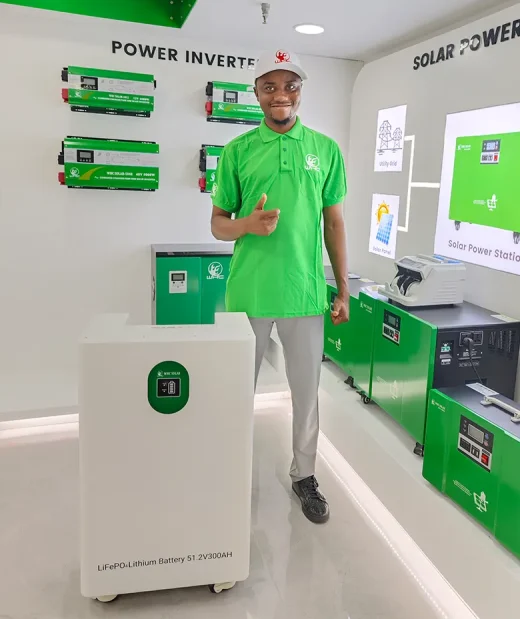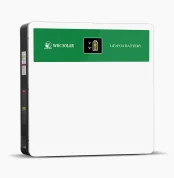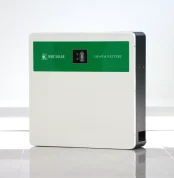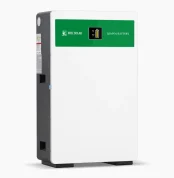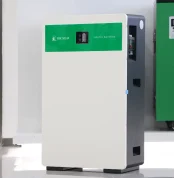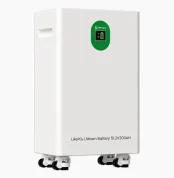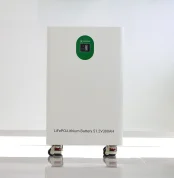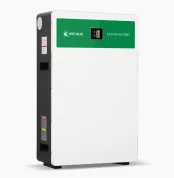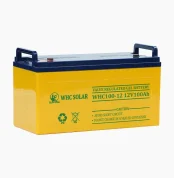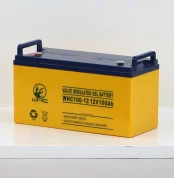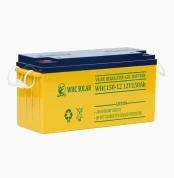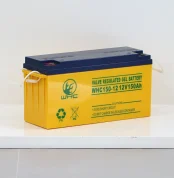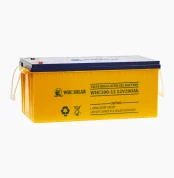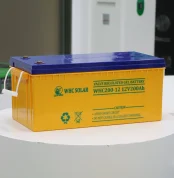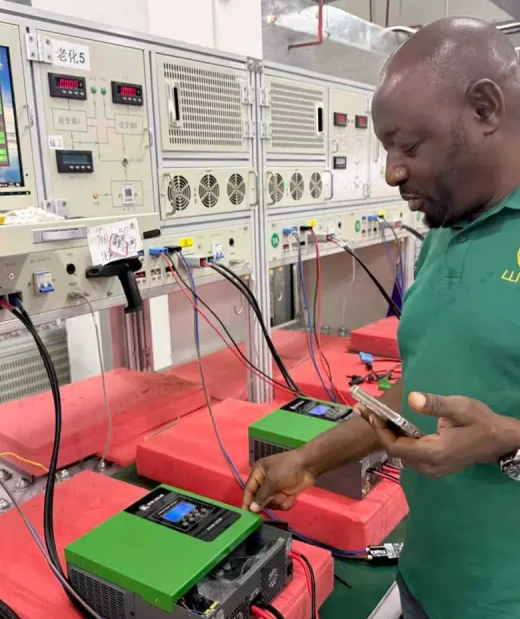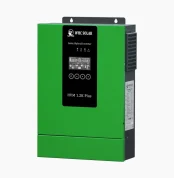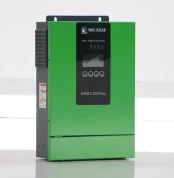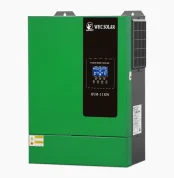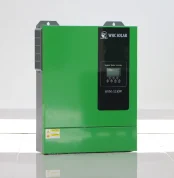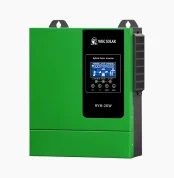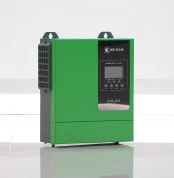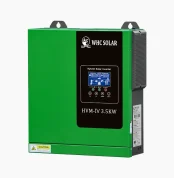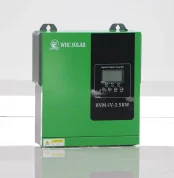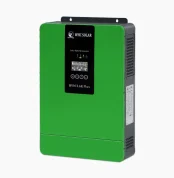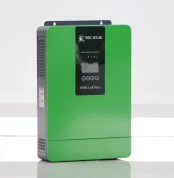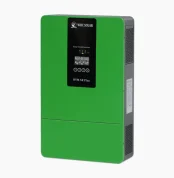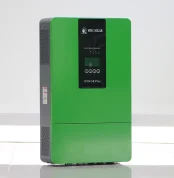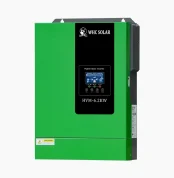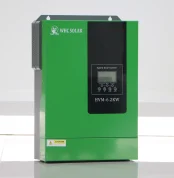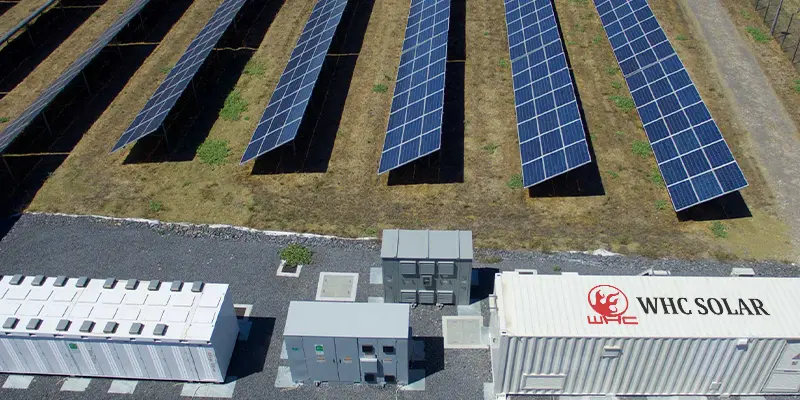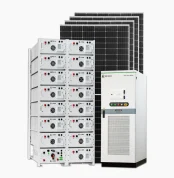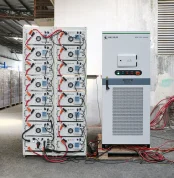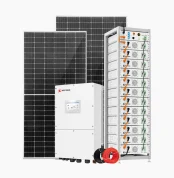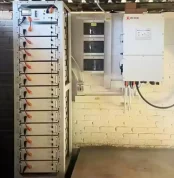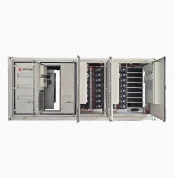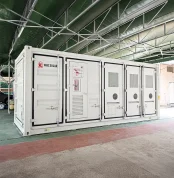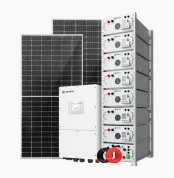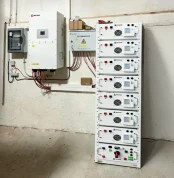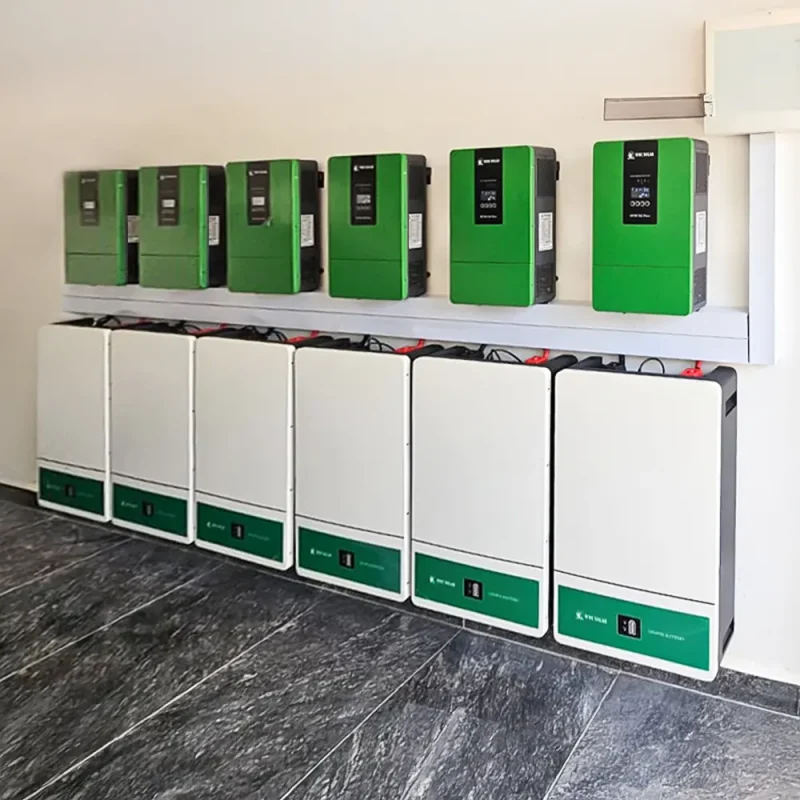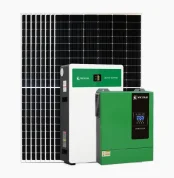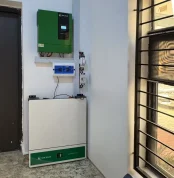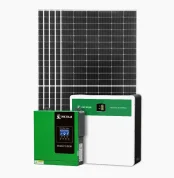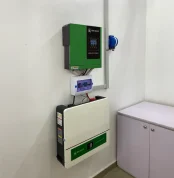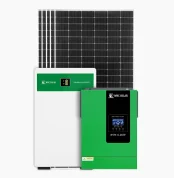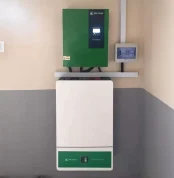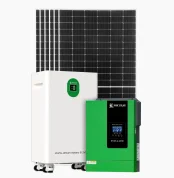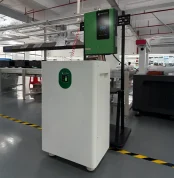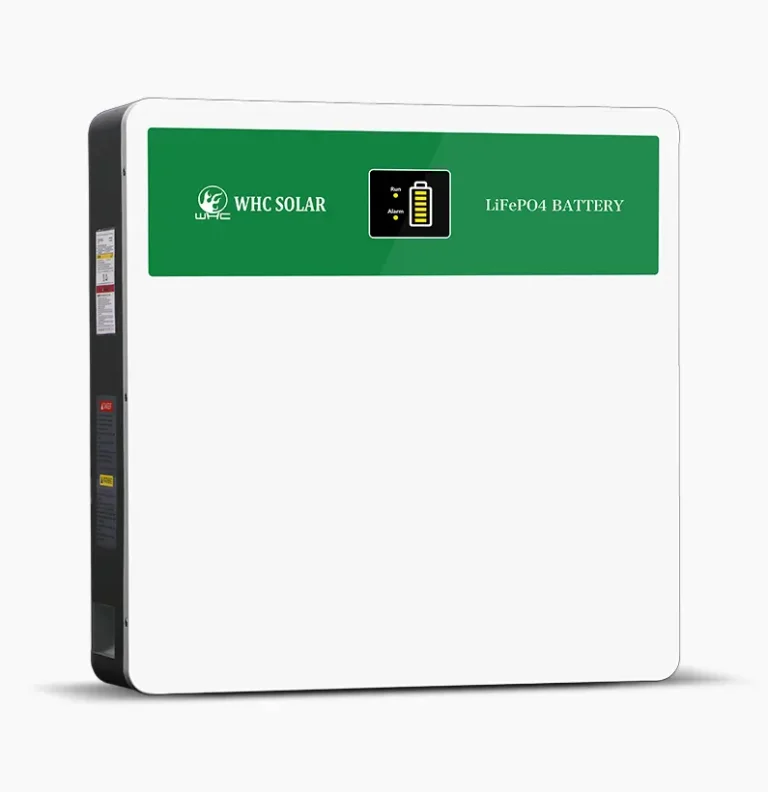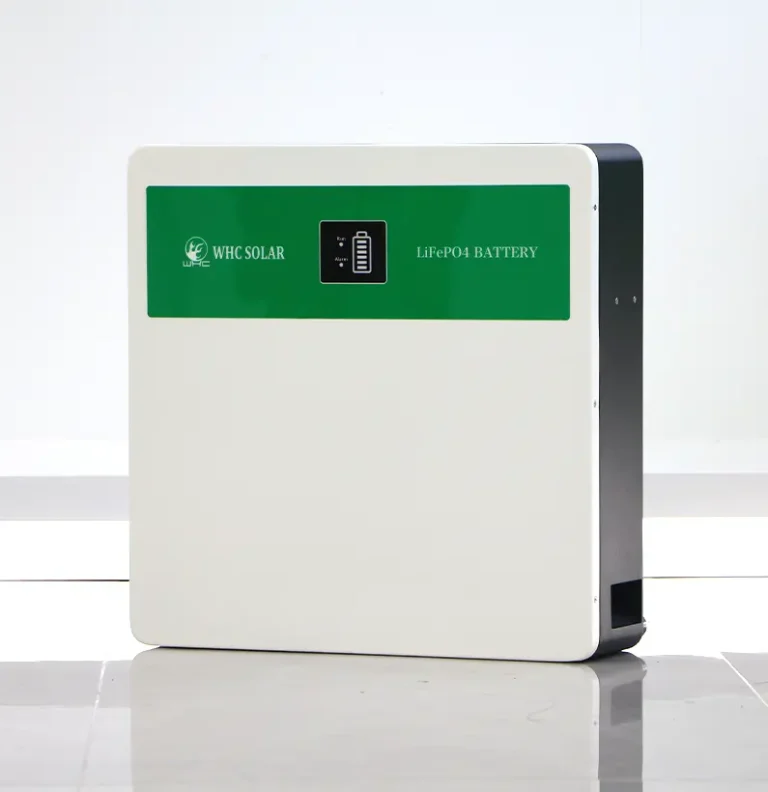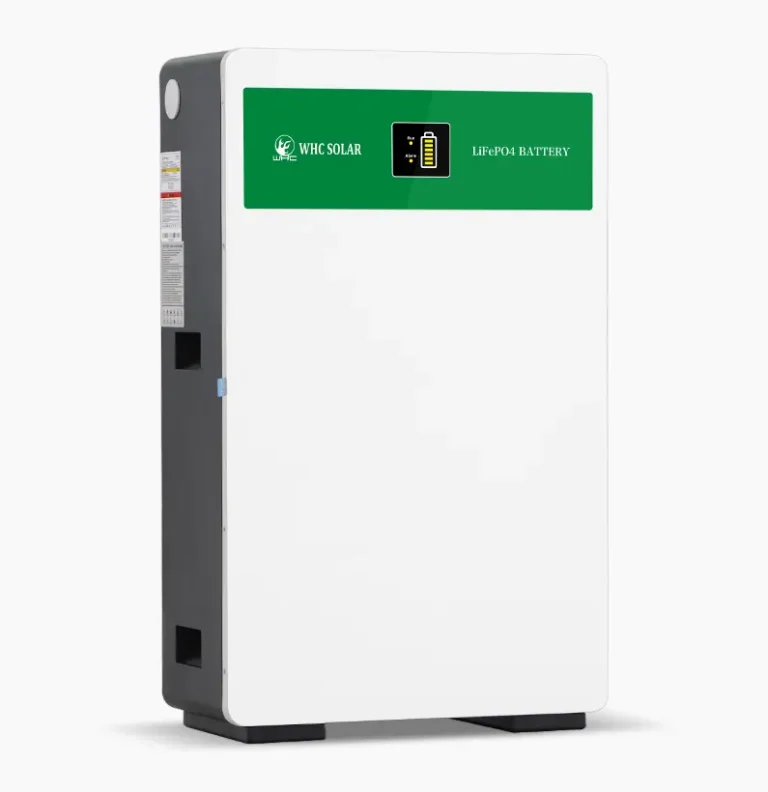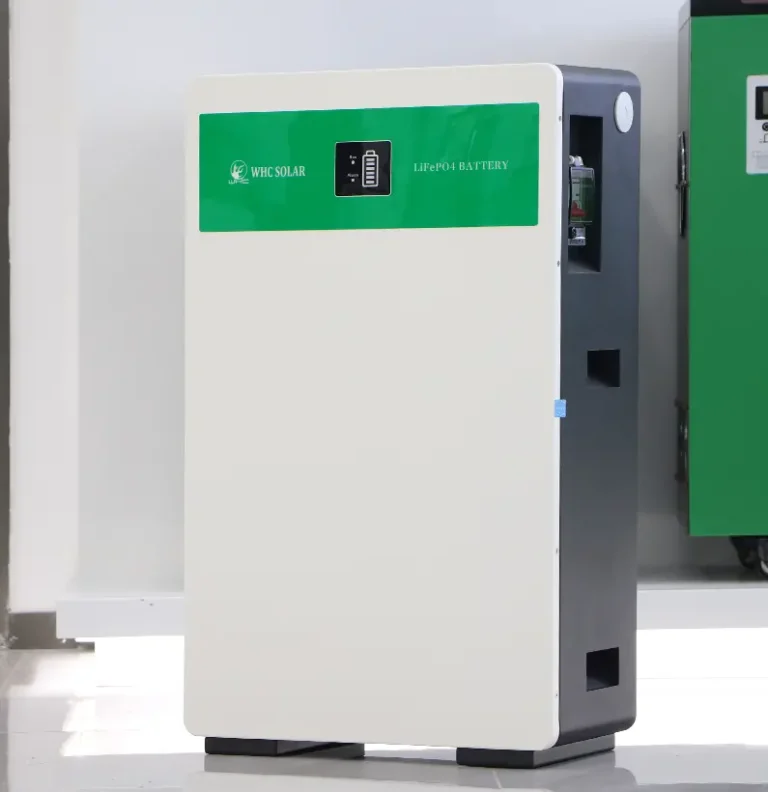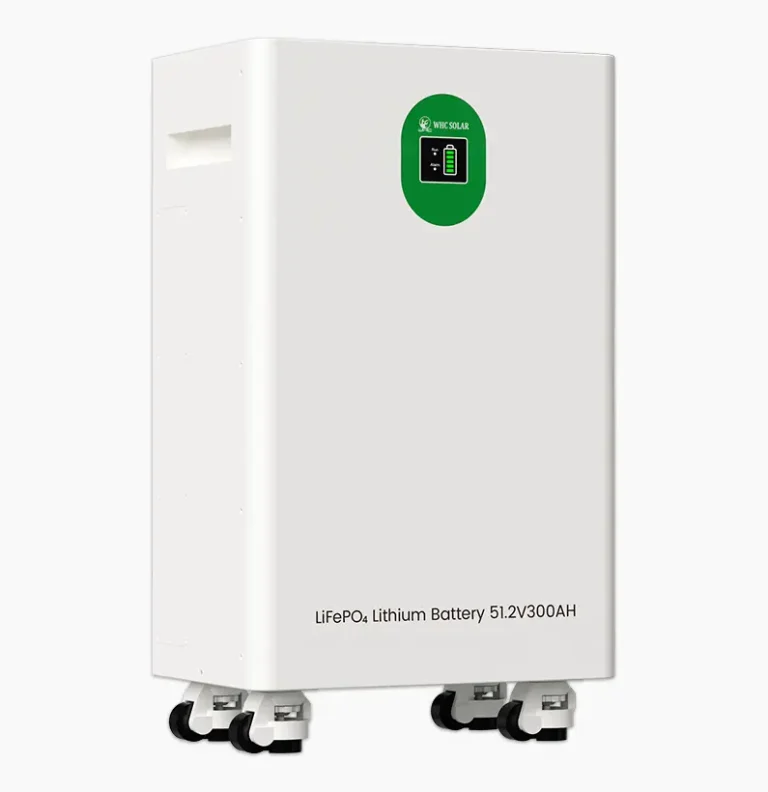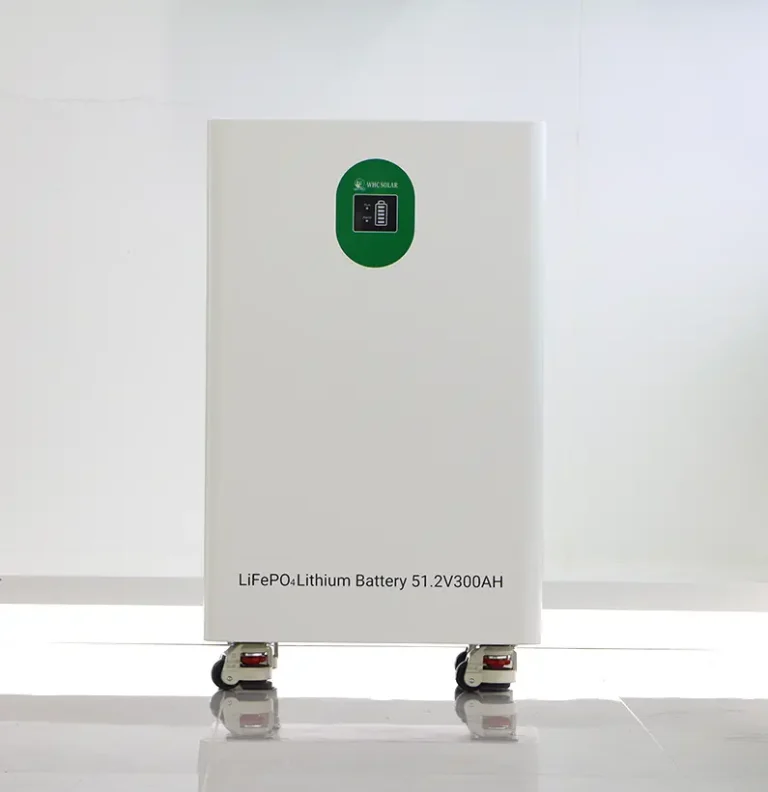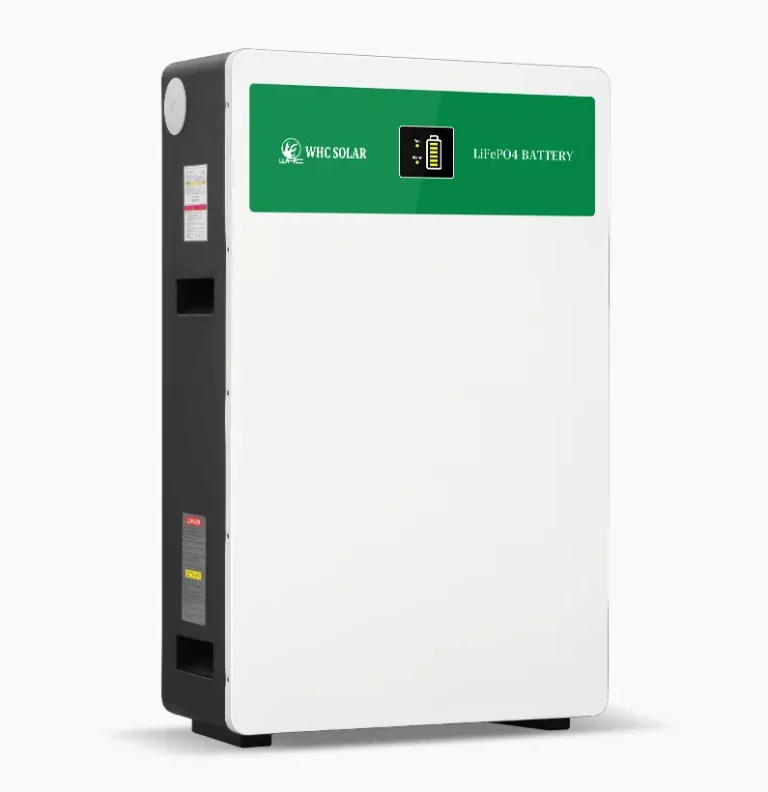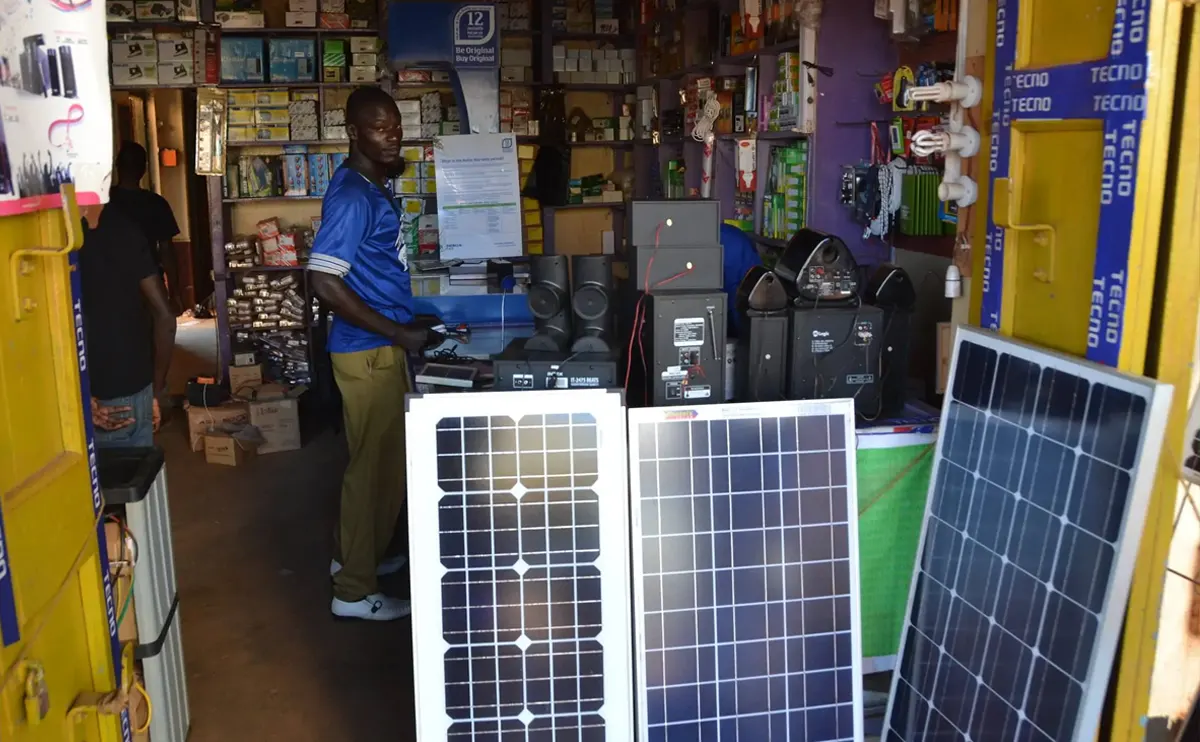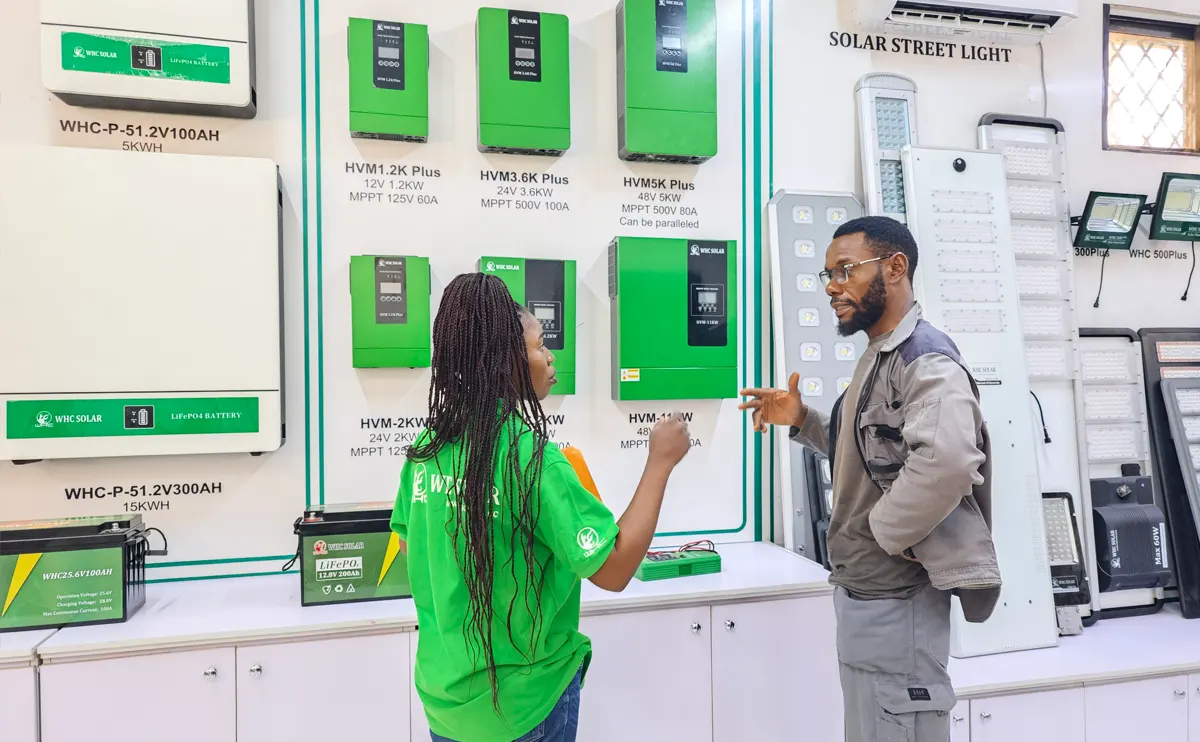How to Choose a Solar Lithium Battery? — Technical Analysis
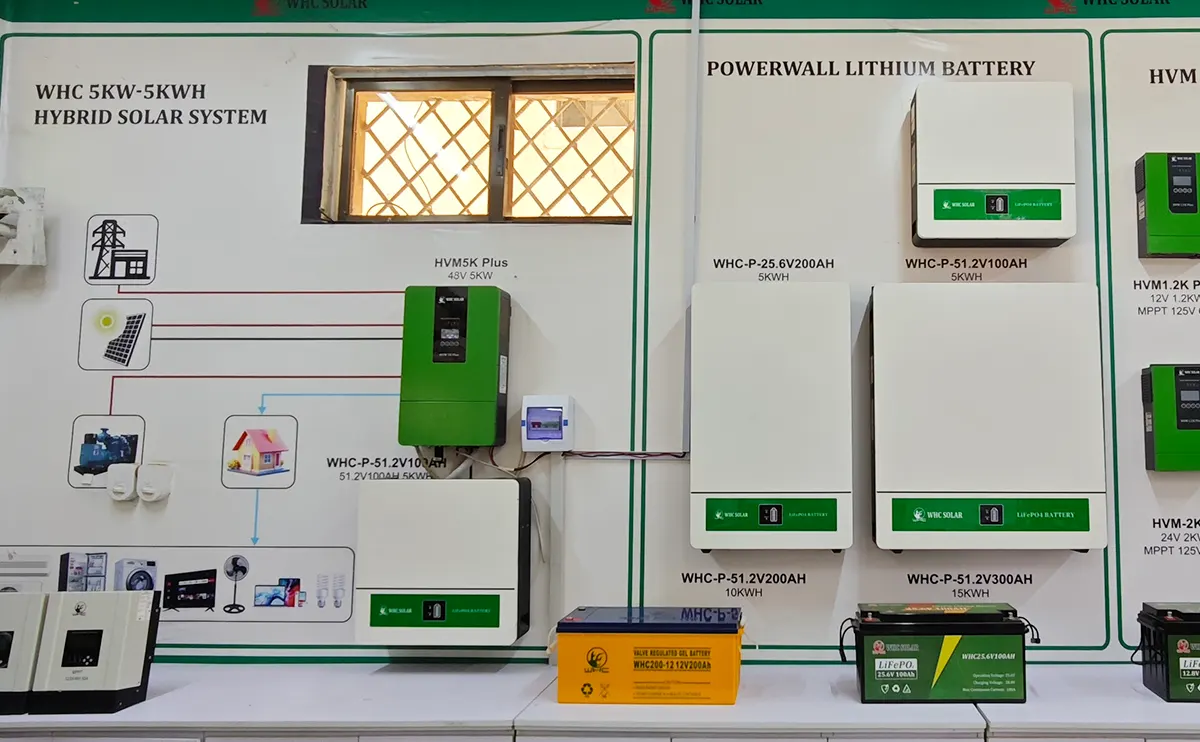
I. Why Choose the Right Solar Lithium Battery?
In many emerging markets, electricity infrastructure is underdeveloped, and both urban and rural areas face frequent blackouts or long-term power shortages. At the same time, local solar resources are abundant, with long hours of sunshine throughout the year, making solar power an ideal energy source. However, without a reliable storage system, solar energy can only be used during the day, leaving nighttime electricity needs unmet.
Therefore, a solar + lithium battery storage system has become the most important solution. Choosing the right lithium battery directly determines the system’s lifespan, safety, and overall economic efficiency.
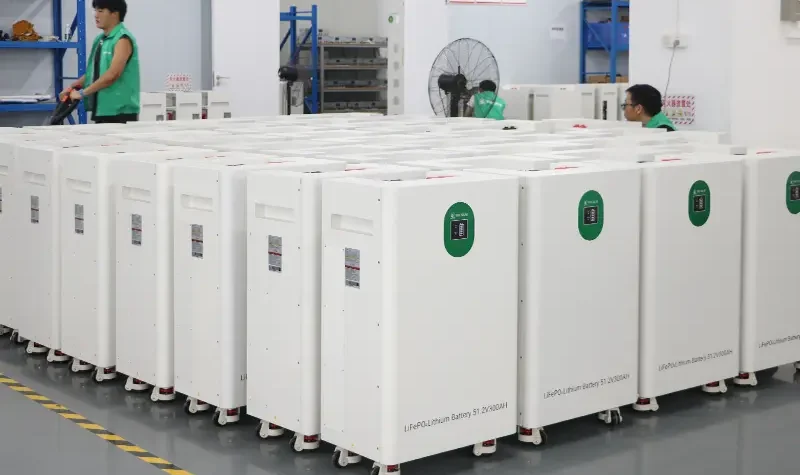
II. Core Technical Indicators for Selecting Solar Lithium Batteries
1. Capacity and Power Demand Matching
Household lighting, phone charging: 50–100Ah is sufficient for daily needs.
Small shops and households: 200–500Ah recommended to ensure stable lighting and appliance use.
Telecom base stations, agricultural water pumps, etc.: require higher capacity, achievable through modular parallel expansion.
2. Cycle Life
Choose batteries with a cycle life of ≥6000 cycles, providing 8–10 years of service.
Compared with lead-acid batteries, lithium batteries offer far greater long-term returns.
3. Cell Type
Lithium Iron Phosphate (LiFePO4): Highly safe, heat resistant, and long-lasting, making it ideal for hot climates.
4. Battery Management System (BMS)
A reliable BMS prevents overcharging, over-discharging, overcurrent, and short circuits.
In regions with unstable grids and frequent voltage fluctuations, BMS is essential to extend battery life and ensure safe operation.
5. Compatibility and Scalability
Ensure the battery is compatible with common inverters and solar panels.
Support for future expansion avoids the cost of replacing the entire system when demand increases.
III. Common Pitfalls and Reminders
Focusing only on price, not lifespan: Cheap batteries may fail within 1–2 years, leading to higher long-term costs.
Neglecting after-sales service: Storage systems require long-term operation, so reliable manufacturers or partners are essential.
Poor environmental adaptability: Low-quality batteries may fail in hot and humid conditions.
IV. The Right Choice
High thermal stability: Made with grade-A LiFePO4 cells, with a cycle life of over 8000 cycles.
Smart BMS: Handles frequent blackouts and voltage fluctuations to ensure safe operation.
Modular design: Expandable from household to commercial systems.
Weather-resistant build: Suitable for high temperatures, heavy rainfall, and dusty conditions.
High long-term cost-effectiveness: Taking into account lifespan and maintenance costs, providing greater returns over time.
V. Conclusion
Choosing a solar lithium battery is not just a purchase — it is an investment in reliable energy for the next decade. Understanding the key factors such as capacity, cell type, cycle life, BMS, and environmental adaptability is the first step toward finding the right product. As a professional lithium battery manufacturer, we are committed to providing partners with safe, durable, and reliable energy storage solutions that bring clean power to more households and communities.

